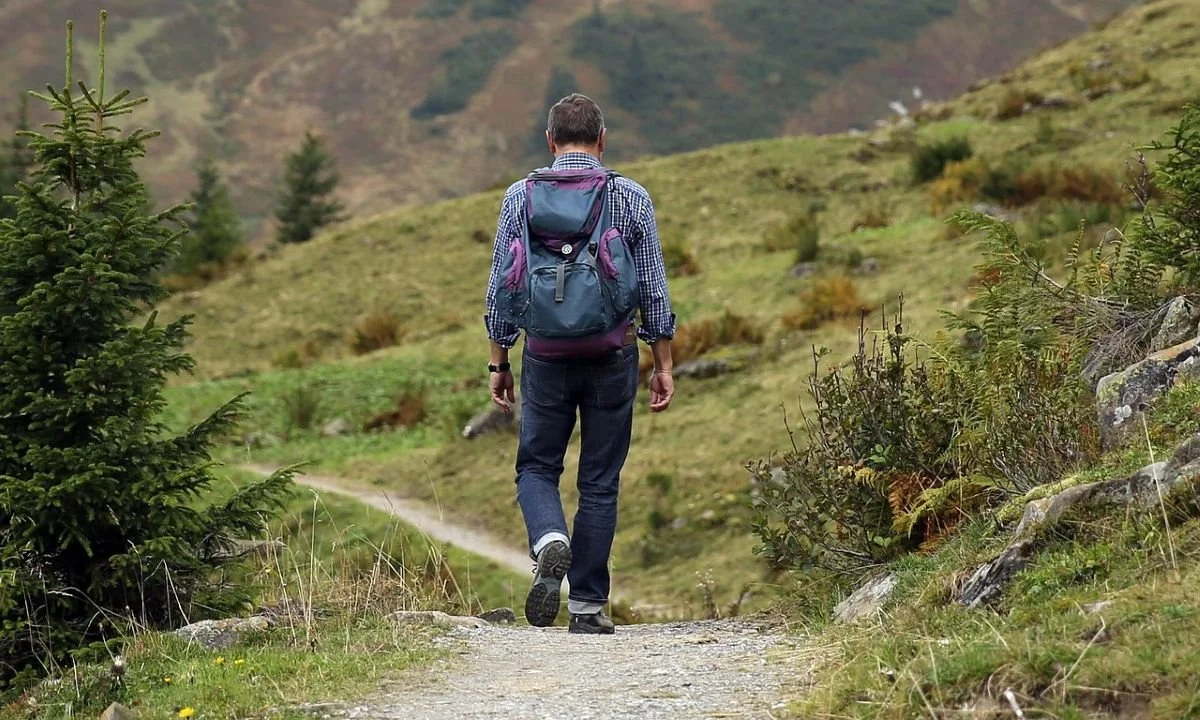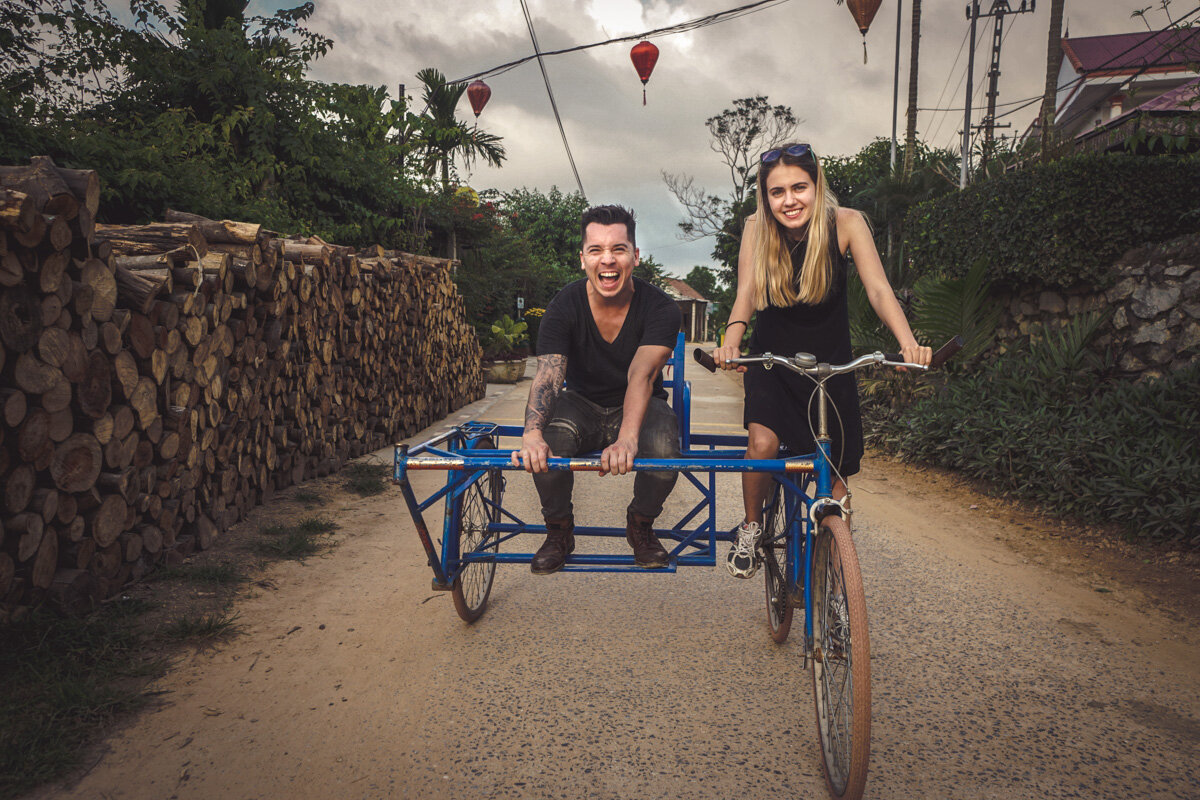Moving to a New City? Top Relocation Tips for Renters
/Moving to a New City? Top Relocation Tips for Renters
Moving to a new city feels a lot like walking into someone else’s movie mid-scene. You don’t know the characters yet, the setting feels unfamiliar, and the plot twists, rent prices, neighborhoods, local quirks keep coming before you’ve even unpacked your boxes. Whether you’re relocating for work, school, or just a fresh start, renting in a new city can teach you more about resilience, trust, and paperwork than you ever thought possible.
Before you sign that residential lease agreement or start mapping the best coffee shops near your new apartment, it’s worth slowing down and learning from those who’ve already been there. Because renting far from home isn’t just about where you’ll sleep — it’s about how you’ll live.
The Emotional Side of Renting Far from Home
Relocating looks glamorous in theory: new skyline, new people, new possibilities. But once the movers leave, it’s the silence that hits first. The lack of familiar sounds, familiar routes, and familiar faces. Renting far from home means you’re not just starting a new chapter; you’re starting a new version of yourself.
There’s a quiet adjustment period that no one talks about. You’ll find yourself missing small things — your old grocery store layout, the shortcut to your friend’s house, even the annoying neighbor you swore you’d never miss. It’s okay to feel homesick. In fact, it’s normal. What matters is that you give yourself permission to build a routine before you expect to feel at home.
Start small: find your new grocery store, learn one public transport route, introduce yourself to a neighbor. These little anchors add up. Because the emotional part of renting isn’t solved by décor or furniture, it’s built through familiarity. When you know where to find milk at 9 p.m. or who to text when the Wi-Fi cuts out, you’ve started to belong.
What Your Residential Lease Agreement Can (and Can’t) Protect You From
Let’s talk about paperwork, the part everyone wants to skip until it’s too late. A residential lease agreement isn’t just a formality; it’s the one document that defines your rights, your obligations, and your landlord’s limits. It can protect you from sudden rent hikes, unexpected evictions, and maintenance negligence, but only if you actually read it.
Many first-time relocators make the mistake of assuming leases are all the same. They’re not. Each city, sometimes even each building, can have its own quirks. Some limit subletting; others ban pets entirely. Some include utilities in the rent; others leave you to figure out a dozen separate bills. If you’re relocating across states or countries, pay close attention to clauses around notice periods, security deposits, and early termination fees — these vary wildly.
A solid lease helps you stand your ground when problems arise, but it can’t do everything. It won’t protect you from a noisy neighbor, a bad commute, or the kind of loneliness that seeps in when you don’t yet have friends nearby. It also won’t guarantee that your landlord will fix things as fast as you’d like. So, while your lease is your safety net, it’s not your parachute.
If you’re unsure about a clause, ask questions. If something feels vague, get it clarified in writing. The best landlords respect tenants who know their rights. And when in doubt, consult a local renters’ association or housing advisor; they can decode the fine print so you don’t have to learn the hard way.
The Logistics Nobody Warns You About
Beyond the paperwork and emotions lies the daily grind, the logistical maze that no Pinterest board prepares you for. Finding the right apartment is only step one; actually living there takes strategy.
You’ll quickly realize that moving costs are only half the story. There are deposits for everything: utilities, Wi-Fi, parking, and sometimes even access cards. Then there’s furniture delivery timing, waiting for installation appointments, and that awkward first grocery trip where you buy everything from salt to toilet paper because you literally have nothing yet.
The best way to manage the chaos is to plan in phases.
Phase one: secure housing and essentials (bed, fridge, internet).
Phase two: learn your commute and immediate area.
Phase three: personalize your space slowly — plants, art, better lighting.
Rushing to recreate your old home in your new one only sets you up for disappointment. Instead, give yourself time to adjust and let the city’s rhythm shape how you live.
Building a New Community Faster After You Move
Once the dust settles, the real work begins, finding your people. Community doesn’t happen automatically; you have to create it. Start with what you already enjoy. If you love running, join a local running group. If you’re into books, find a nearby library or book club. Community often begins with shared interest before it turns into shared trust.
You might feel awkward at first, introducing yourself, showing up to meetups alone, and attending neighborhood events where everyone seems to already know each other. But these moments of discomfort are where belonging begins.
Your neighbors are a surprisingly powerful resource, too. A simple “hi” in the hallway can turn into a shared meal, a pet-sitter exchange, or even lifelong friendship. Remember: you’re not the only one who once felt new here. Most people are just waiting for someone else to make the first move.
Also, get involved locally, volunteer, visit local cafés regularly, or attend community markets. The more faces you recognize, the more your city starts to feel like a network instead of a crowd.
When Expectations Meet Reality
Here’s the truth — renting in a new city will humble you. It’s a mix of excitement and exhaustion, independence and inconvenience. Some days you’ll feel unstoppable, navigating public transport like a local and decorating your space with pride. Other days, you’ll question every decision that led you here.
That’s normal. Relocation isn’t just about geography; it’s about growth. You’re learning how to adapt, how to negotiate, how to read fine print, and how to build a life from scratch. And that’s no small thing.
The trick is to expect the bumps. The lost mail, the flaky maintenance guy, the unexpected rent hike, they’re all part of the story. What matters is that you learn to respond instead of react. Each challenge becomes a reminder that you’re capable of more than you think.
Creating Stability When Everything Feels Temporary
When you’re renting, it’s easy to feel like your life is on pause, like you’re in a holding pattern waiting for something permanent. But stability isn’t about ownership; it’s about creating consistency in your routines.
Unpack fully, even if you’re only staying a year. Hang your art. Buy that lamp you like. Use your favorite dishes instead of paper plates. The faster you allow yourself to settle, the sooner your new space starts feeling like yours.
You can also create emotional stability by keeping in touch with your roots. Schedule video calls with friends from home, but balance it with being present in your new environment. Think of it as living with one foot grounded in familiarity and the other stepping into possibility.
Final Thoughts
Renting in a new city is a crash course in adulthood, adaptability, and self-trust. It forces you to manage paperwork, emotions, and logistics all at once — and somehow still find the energy to decorate and make new friends. But every challenge brings a win: the first time you pay bills on your own, navigate a lease renewal confidently, or get invited to a neighbor’s dinner.
You’ll realize that “home” is less about where you grew up and more about where you grow next.




















